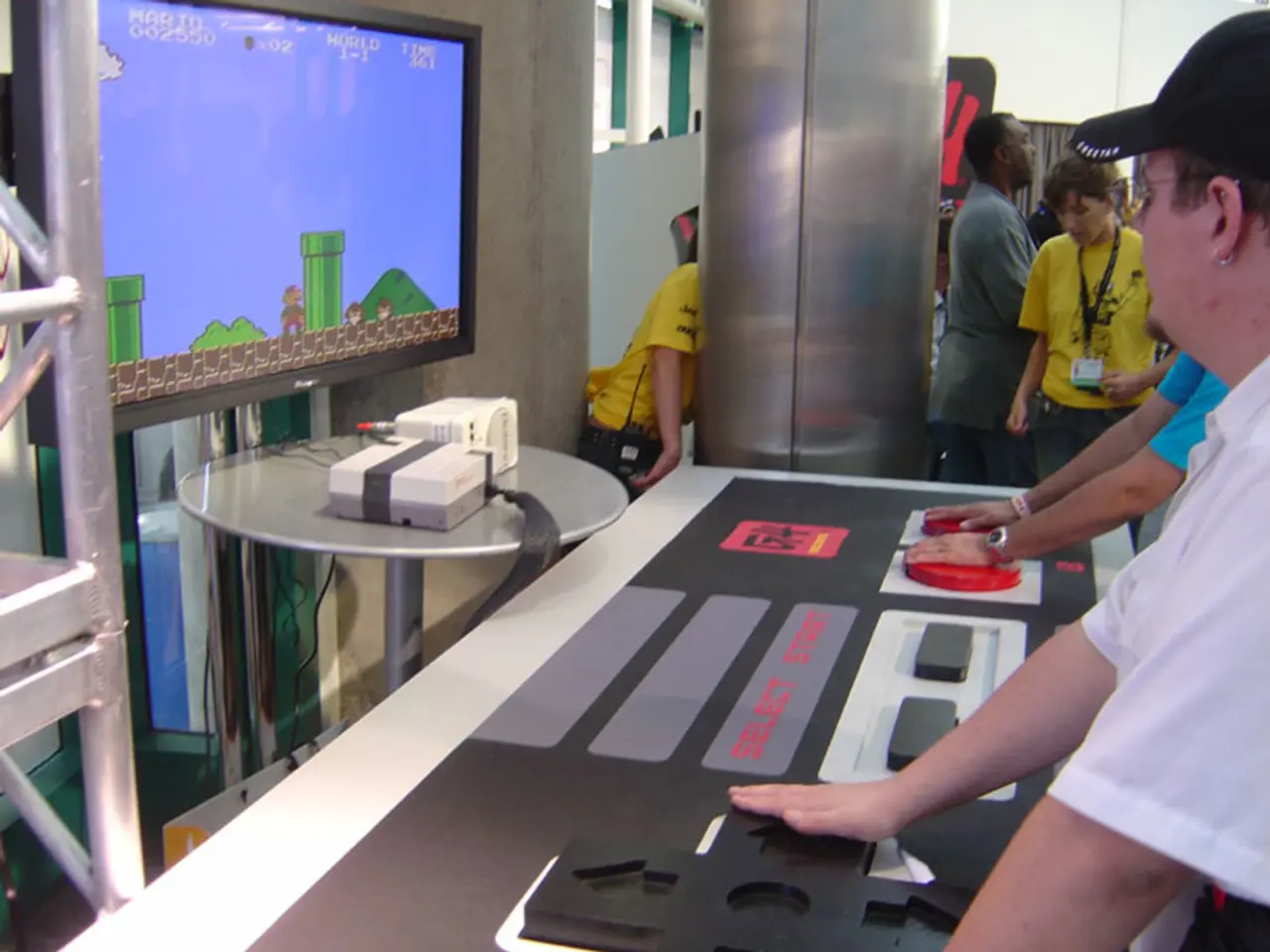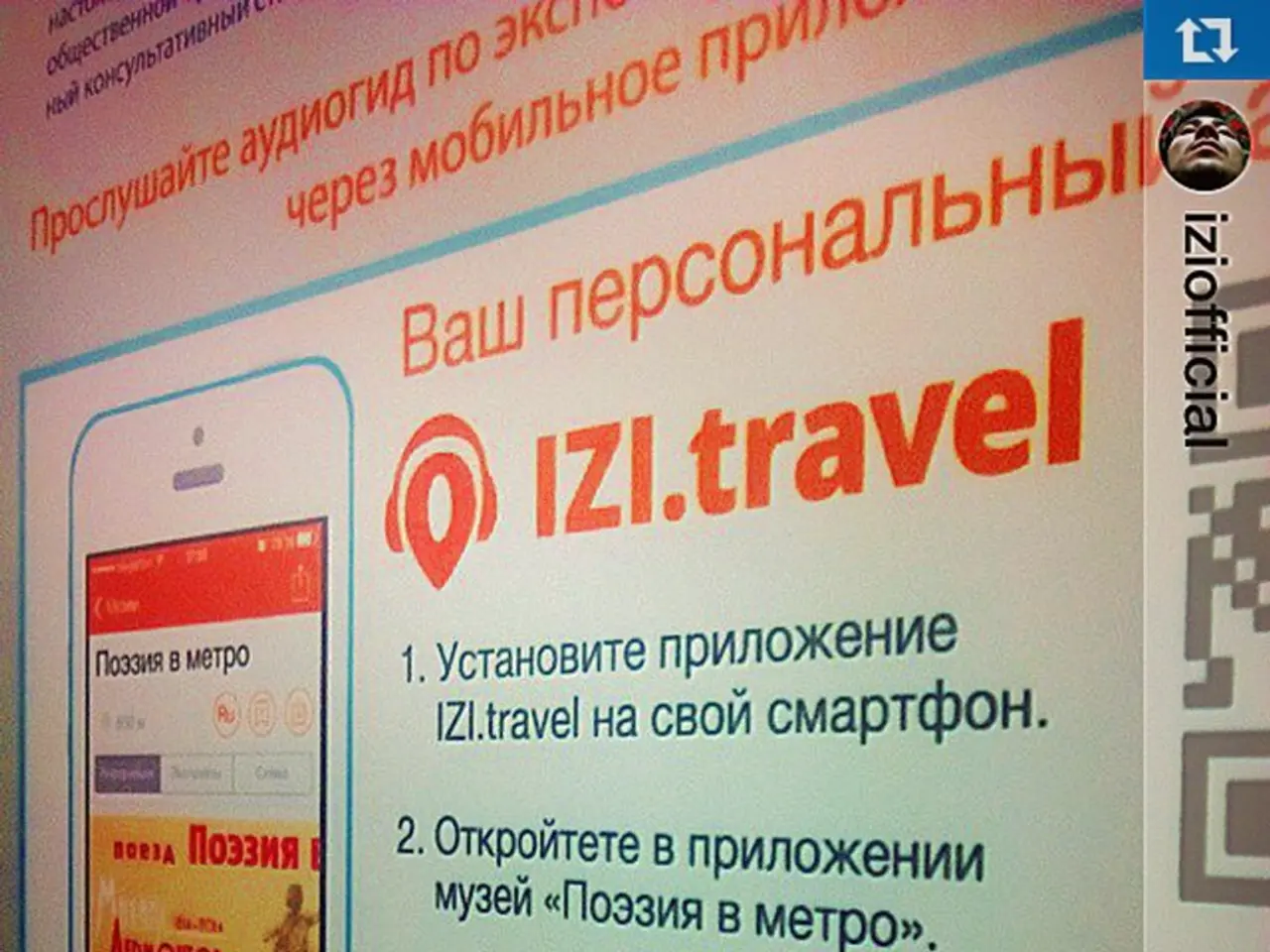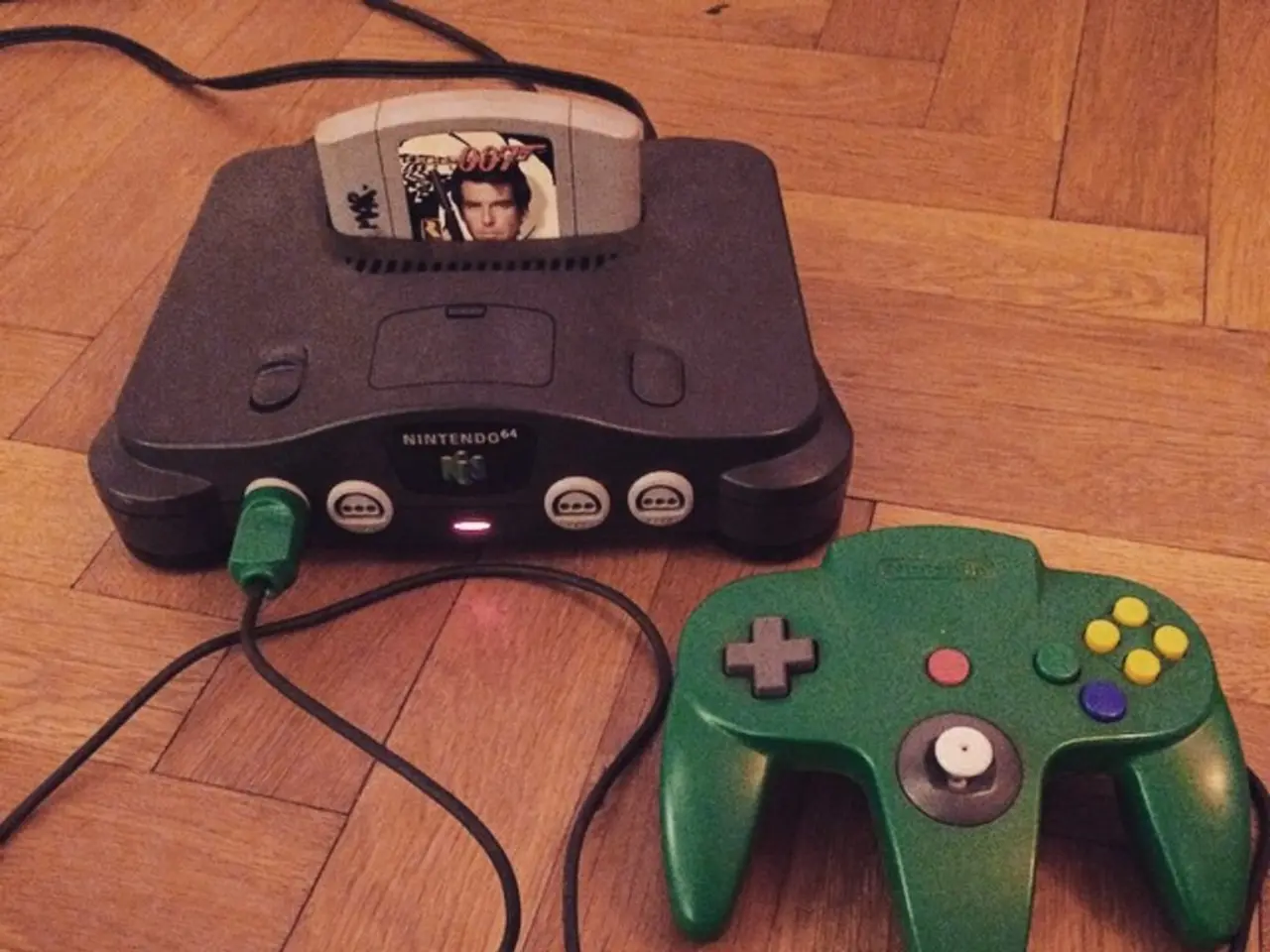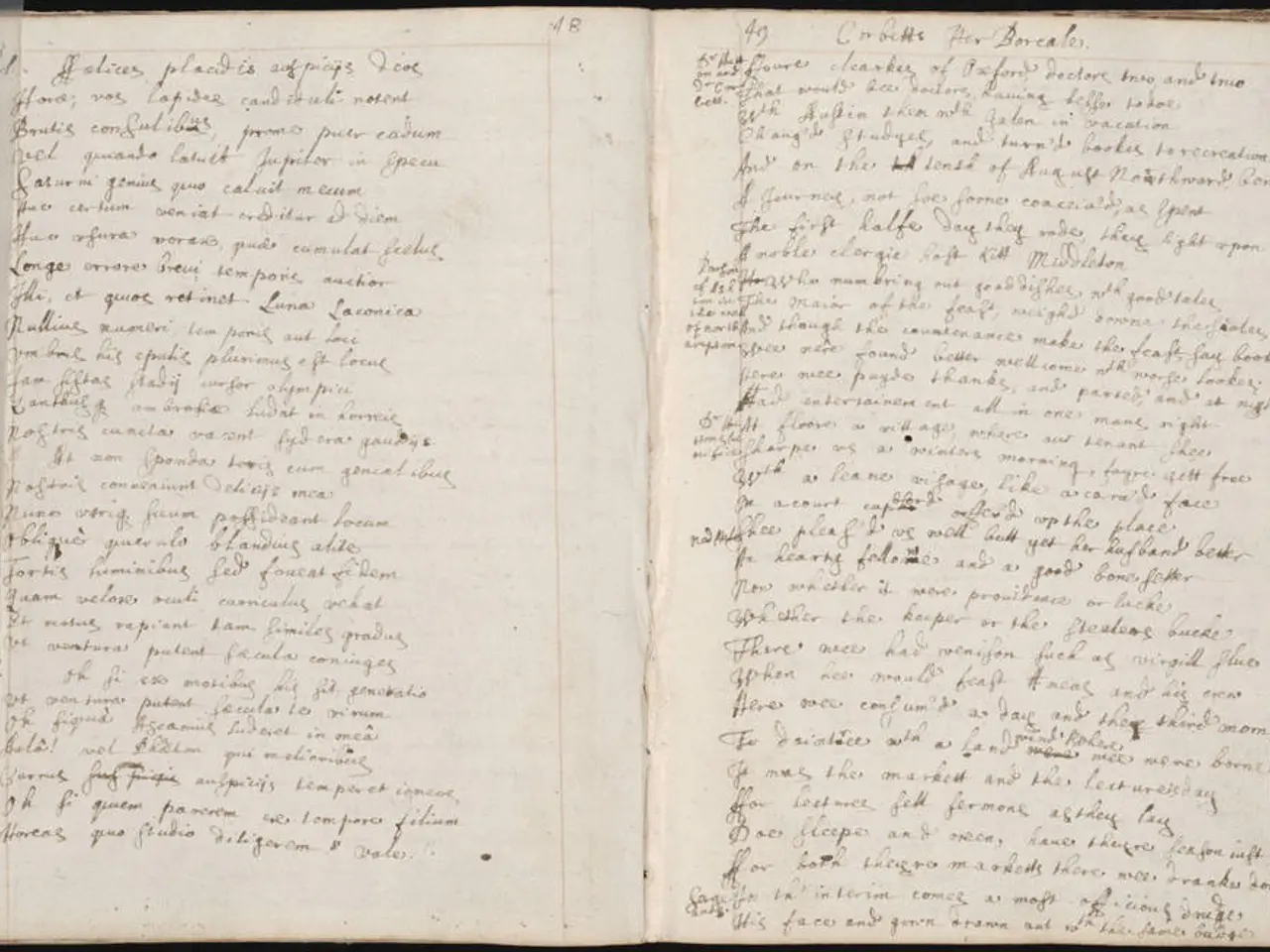Next Generation TV Deployments Update: which areas and timelines are expected for ATSC 3.0 rollout?
The rollout of ATSC 3.0, also known as NextGen TV, is making significant strides across the United States. As of mid-2025, more than 80 markets have ATSC 3.0 broadcasts active alongside existing ATSC 1.0 signals, delivering enhanced features to approximately 70-80 million households.
The deployment is being led by major broadcast groups and consortia, including Cox Media Group, Nexstar, Gray Media, and others collaborating through Pearl TV to increase market coverage. However, the progress remains voluntary without a regulatory mandate from the Federal Communications Commission (FCC).
The lack of a firm timeline from the FCC for a mandatory transition is a limiting factor in the development and certification of ATSC 3.0 compatible devices by manufacturers. Receiver adoption, such as TVs and set-top boxes, requires at least an 18-month lead time, contingent on clear regulatory signals from the FCC.
Industry groups, such as Pearl TV, are advocating for a firm timeline to require full-power stations in the top 55 markets to transition by February 2028, and the remainder by February 2030. This proposed two-phase mandatory transition is aimed at accelerating adoption and industry investment.
However, opposition from some public interest groups and conservative coalitions argues against a government mandate, advocating for market-driven adoption and cautioning about potentially limiting access for marginalized communities.
Pearl TV and industry estimates suggest that adding about six more markets in 2025 could boost U.S. NextGen TV coverage to 80%, highlighting upcoming expansion activities. The industry expects significant growth in 2025 and beyond, pending regulatory clarity.
Among the cities that have already started broadcasting ATSC 3.0 signals are Albuquerque-Santa Fe, N.M., Albany, N.Y., Atlanta, Austin, Texas, Baltimore, Birmingham, Ala., Boise, Idaho, Boston, Buffalo, N.Y., and many more. For a comprehensive list of major markets with ATSC 3.0 "On the Air" or early deployment, refer to the list provided later in this article.
As the market rollouts, regulatory decisions, and consumer adoption continue to evolve, it is expected that more cities will join the list of NextGen TV-capable areas in the coming months. With approximately 75 models of NextGen TV-capable products available at retail, the technology is becoming increasingly accessible to consumers.
For those interested in purchasing NextGen TV-capable products, brands such as Sony, Samsung, Hisense, TCL, RCA, and Panasonic offer a variety of options. The starting price point for these products is between $600 and $700. The Consumer Technology Association estimates that 120 million NextGen TV sets will be sold by 2024.
For more information about NextGen TV and its availability, visit watchnextgentv.com. As the technology continues to develop, efforts are being made by major manufacturers and Kickstarters to make the technology for receiving ATSC 3.0 signals more accessible to consumers.
List of Major Markets with ATSC 3.0 "On the Air" or Early Deployment:
- Albuquerque-Santa Fe, N.M.
- Albany, N.Y.
- Atlanta
- Austin, Texas
- Baltimore
- Birmingham, Ala.
- Boise, Idaho
- Boston
- Buffalo, N.Y.
- Champaign & Springfield-Decatur, Ill.
- Charlotte, N.C.
- Charleston S.C.
- Chicago, Ill.
- Cincinnati, Ohio
- Columbus, Ohio
- Cookeville, Tenn.
- Dallas-Forth Worth, Texas
- Dayton, Ohio
- Denver
- Des Moines, Iowa
- Detroit
- East Lansing, Mich.
- El Paso, Texas
- Flint, Mich.
- Fresno-Visalia, Calif.
- Green Bay, Wisc.
- Greensboro, N.C.
- Greenville-Spartanburg-Asheville-Anderson S.C.
- Grand Rapids-Kalamazoo, Mich.
- Harrisburg, Pa.
- Hartford, Conn.
- Houston
- Indianapolis
- Kansas City
- Las Vegas
- Louisville, Ky.
- Little Rock-Pine Bluff, Ark.
- Los Angeles
- Miami, Fla.
- Minneapolis, Minn.
- Mobile, Ala.-Pensacola, Fla.
- Myrtle Beach-Florence, S.C.
- Nashville, Tenn.
- New Orleans
- New York City
- Norfolk-Portsmith-Newport News, Va.
- Oklahoma City
- Omaha
- Orlando-Daytona Beach-Melbourne, Fla.
- Philadelphia
- Phoenix
- Pittsburgh
- Portland, Maine
- Portland, Ore.
- Raleigh-Durham, N.C.
- Richmond-Petersburg, Va.
- Roanoke-Lynchburg, Va.
- Rochester, N.Y.
- Sacramento-Stockton-Modesto, Calif.
- Salt Lake City
- San Antonio
- San Diego
- San Francisco
- Santa Barbara-Santa Marie-San Luis Obispo, Calif.
- Seattle-Tacoma
- Shreveport, La.
- South Bend, Ind.
- Springfield, Mo.
- Springfield-Holyoke, Mass.
- St. Louis, Mo.
- Syracuse, N.Y.
- Tallahassee, Fla.
- Tampa-St. Petersburg-Sarasota, Fla.
- Tucson, Ariz.
- Twin Falls, Idaho
- Washington D.C.
- West Palm Beach, Fla.
- Wichita-Hutchinson
(This list is not exhaustive and focuses on the top-55 markets, which are priority areas for initial ATSC 3.0 rollouts.)
[1] Source: Pearl TV [2] Source: National Association of Broadcasters (NAB) [4] Source: Advanced Television Systems Committee (ATSC)
- The rollout of NextGen TV, or ATSC 3.0, is being spearheaded by major broadcast groups like Cox Media Group, Nexstar, Gray Media, and Pearl TV, aiming to increase market coverage.
- The technology, which delivers enhanced features to approximately 70-80 million households, is currently available in over 80 U.S. markets, including cities like Albuquerque-Santa Fe, Atlanta, Boston, Chicago, Dallas-Fort Worth, and San Francisco.
- Receiver adoption, such as TVs and set-top boxes, requires at least an 18-month lead time, contingent on clear regulatory signals from the Federal Communications Commission (FCC).
- Industry groups, such as Pearl TV, are advocating for a firm timeline to mandate a two-phase transition for all full-power stations in the top 55 markets by February 2028, and the remainder by February 2030, to accelerate adoption and industry investment.
- The Consumer Technology Association estimates that 120 million NextGen TV sets will be sold by 2024, with brands like Sony, Samsung, Hisense, TCL, RCA, and Panasonic offering a variety of NextGen TV-capable products at starting price points between $600 and $700.
- As consumers eagerly await the wider availability of NextGen TV, more cities are expected to join the list of NextGen TV-capable areas in the coming months, pending regulatory clarity. For more information, visit watchnextgentv.com, or refer to the list provided of major markets with ATSC 3.0 "On the Air" or early deployment.




